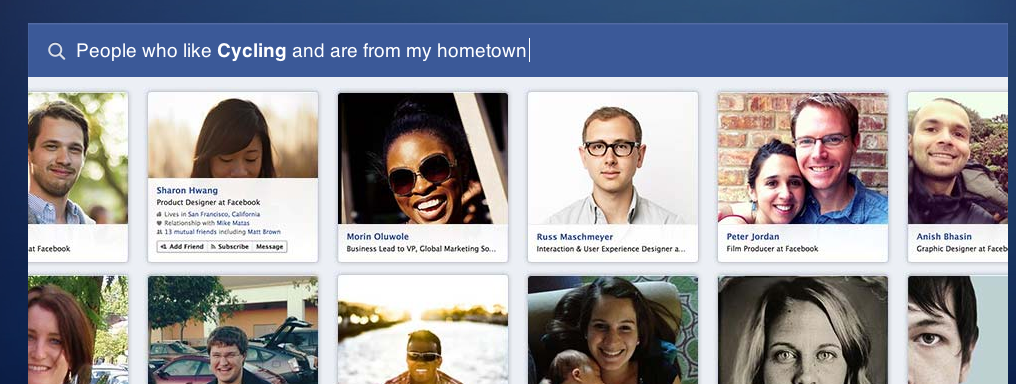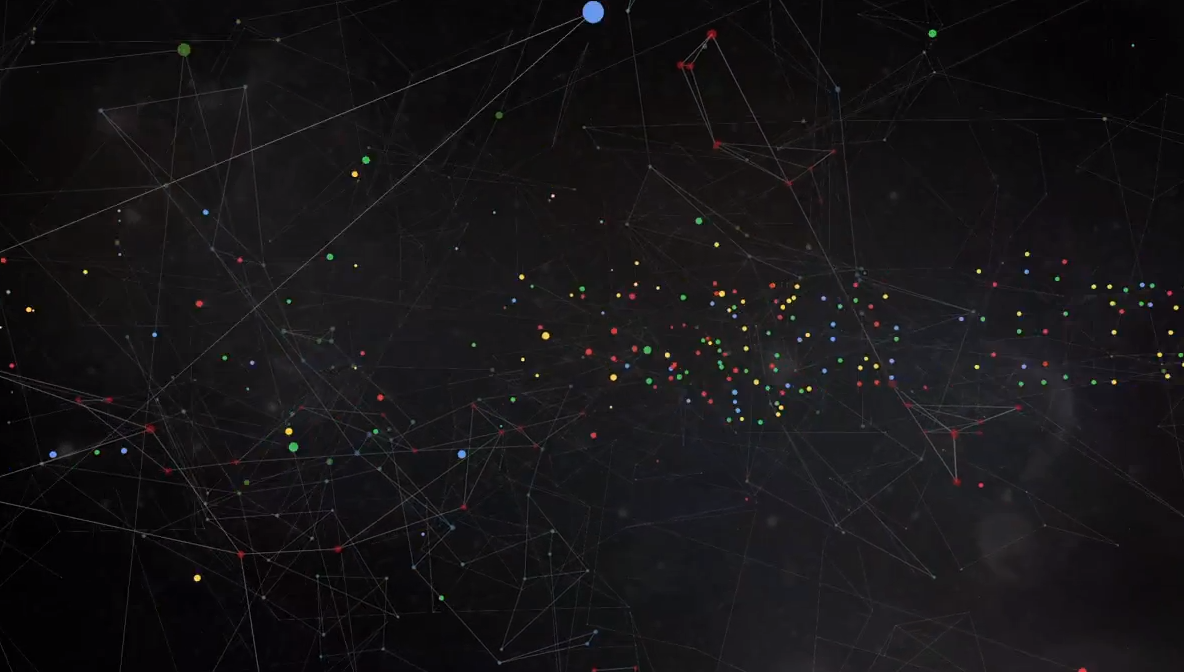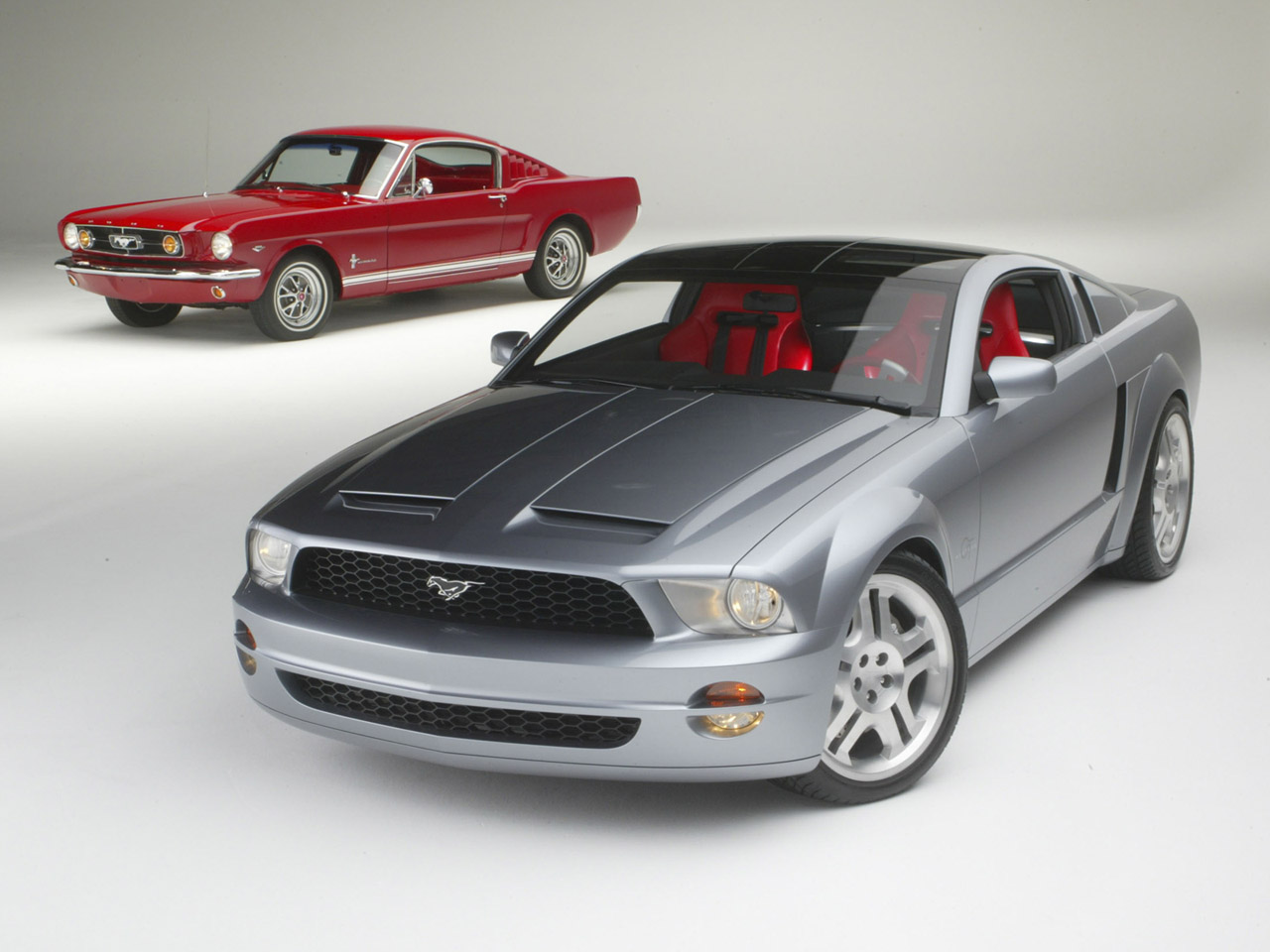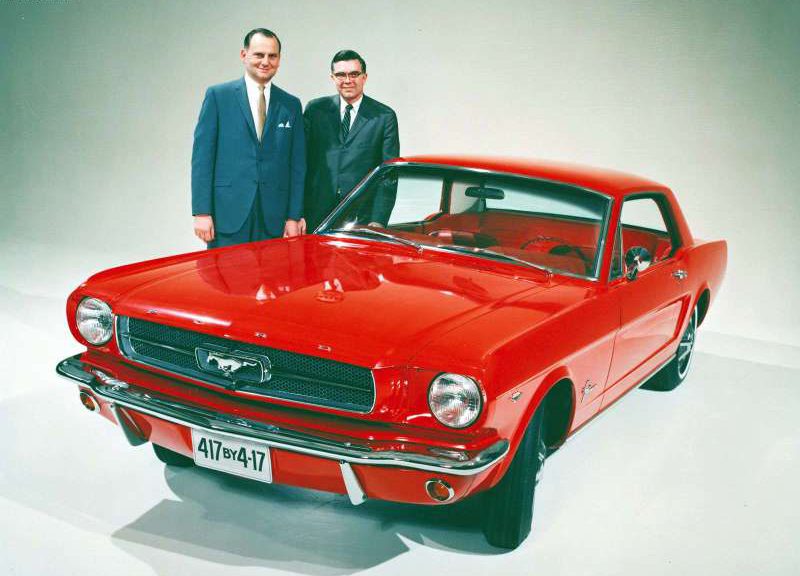Graph Wars: Google’s Knowledge Graph versus Facebook’s Social Graph Explained
Both Facebook and Google are talking in terms of graphs going forward. Graphs communicate best to users about the objects rather than the keywords involved in the content……so how are they both pitching their solutions.

Personalisation, finding the dentist that your friend uses, and helping you to find people you should know is what Facebook is trying to make easier. Facebook is about curating all of your information, making it sound as if you weren’t entitled to this information before social graph. They will launch and then iterate and develop as a major column of Facebook’s competitive advantage.

Google knowledge graph wants to make items easier to see the ideas behing your search. Moving from a search engine to a knowledge engine is a conceptual shift that is already happening. Google wants to grow a knowledge graph and understand and intelligently connect people and knowledge more fluidly.
Giving & Taking
Change the World, The Mustang Story 3
 The annual capacity for Ford Motor Company production in 1965 was 360,000 cars and soon they were converting a 2nd and 3rd plant to respond to demand. The options were where the Mustang would make major gains, over 80% ordered white sidewall, 80% wanted a radio, 71% wanted an eight-cylinder engine. The upsell of $1,000 was the average on the original Mustang. Within the first year the Mustang sold 418,812 cars, which was just beyond the record McNamara set with the Falcon at 417,174 cars in one year. The Mustang generated a net profit of 1.1 Billion in the first two years. Strangely enough, the horse logo is running in the clockwise direction when most horse races move in the counter-clockwise direction. It turns out that Iacocca believed this was a wild horse.
The annual capacity for Ford Motor Company production in 1965 was 360,000 cars and soon they were converting a 2nd and 3rd plant to respond to demand. The options were where the Mustang would make major gains, over 80% ordered white sidewall, 80% wanted a radio, 71% wanted an eight-cylinder engine. The upsell of $1,000 was the average on the original Mustang. Within the first year the Mustang sold 418,812 cars, which was just beyond the record McNamara set with the Falcon at 417,174 cars in one year. The Mustang generated a net profit of 1.1 Billion in the first two years. Strangely enough, the horse logo is running in the clockwise direction when most horse races move in the counter-clockwise direction. It turns out that Iacocca believed this was a wild horse.
 Unfortunately within a few years, like all Ford cars, the Mustang was blown up in size by a total of eight inches longer, and six inches wider. In 1966, they sold 550,000 Mustangs but by 1970 at a price of $3,368 sales had plummeted to 150,000 which was a disastrous decline. This tendency was created due to the perceived demands of the customers for larger cars with bigger engine (429 cubic-inch Cobra Jet V8) that Bunkie Knudsen the new president of Ford had pushed for. However, the response was clearly to the contrary. The muscle car market collapsed by 1971 due to insurance premiums and stringent regulations on fuel emissions, according to Iacocca.
Unfortunately within a few years, like all Ford cars, the Mustang was blown up in size by a total of eight inches longer, and six inches wider. In 1966, they sold 550,000 Mustangs but by 1970 at a price of $3,368 sales had plummeted to 150,000 which was a disastrous decline. This tendency was created due to the perceived demands of the customers for larger cars with bigger engine (429 cubic-inch Cobra Jet V8) that Bunkie Knudsen the new president of Ford had pushed for. However, the response was clearly to the contrary. The muscle car market collapsed by 1971 due to insurance premiums and stringent regulations on fuel emissions, according to Iacocca.


